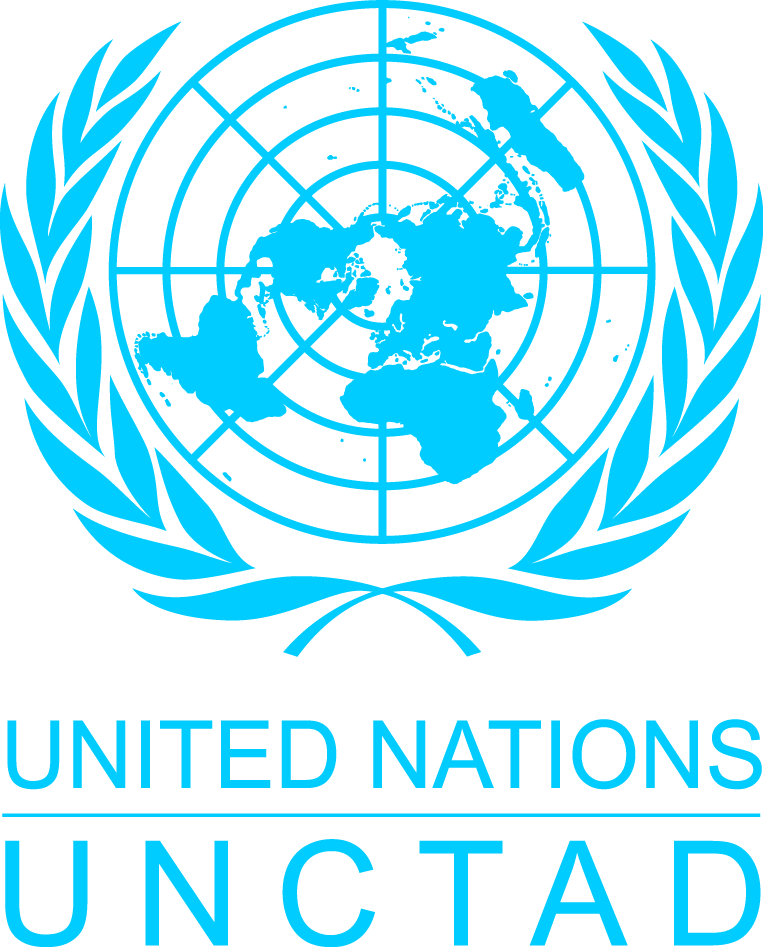Leveraging the potential of environmental, social and governance (ESG) ETFs is a crucial way the industry will achieve the United Nations Sustainable Development Goals (SDGs) and raise the investment needed to tackle sustainable issues, according to a working paper by UNCTAD.
The research said the low-cost nature of ESG ETFs combined with the fact they incorporate sustainability targets such as UN Global Compact Principles make them an important vehicle in the ecosystem.
In order to reach the SDGs and finance investment in areas such as infrastructure and agriculture, the industry requires an extra $2.5trn a year between 2015 and 2030.
“Mobilising and channelling finance to these sectors in developing country markets will play an important role in bridging the investment gap,” the report explained.
Assets in ESG ETFs have grown rapidly in recent years quadrupling from $6bn in 2015 to $25bn as at 30 June.
Despite the dramatic rise in assets, the report said there are a number of factors that need to occur if ESG ETFs will increase their 3.2% share of the overall ETF market.
One area that remains a major challenge for ESG ETFs is the lack of a common framework for ESG reporting and evaluation.
For example, MSCI and Sustainalytics, the two most widely used ESG data providers, have a correlation of just 0.53 on their ESG scores.
The inconsistency of ESG data, UNCTAD said, requires investors to combine various data sources while in some cases, the data can conflict between different providers.
James Zhan (pictured), director of investment enterprise at UNCTAD, and co-author of the report, commented: “Since the quality of ESG data pretty much determines the quality of indices and financial products based on them, it is not surprising that only a small number of the thousands of ESG indices are good enough to be used to develop ESG ETFs.
“The quality of ESG ETFs remains a concern for many investors, which include concerns about ‘ESG washing’ and technical quality of ESG ETFs themselves.”
ETF Insight: Can ESG investors do good and avoid underperforming?
Furthermore, the report highlighted a regional imbalance between the developing and developed markets as another reason why the uptake of ESG ETFs has been stunted.
Just 10% of ESG ETFs are domiciled in developing country markets while only 21 ESG ETFs track an emerging market index.
“The absence of ESG ETFs in developing economies should raise concerns because it not only limits the potential of ESG ETFs in advancing sustainable development but also neglects an important market opportunity,” Zhan continued.
“The almost complete absence of ESG ETFs in developing countries can be attributed to several factors. Not least among these are weak institutional capacities and expertise, scarcity of ESG-related data, lack of investor demand and underdeveloped capital markets.”
In response, the report suggested efforts should be made by stakeholders to channel ESG investment towards developing countries and called for a regulatory framework to be put in place to “jumpstart” the ESG ETF market.
According to Zhan, this includes the establishment of industry standards and governance requirements, an increase in products and demand side measures such as reducing the barriers to entry to help increase the investment in ESG ETFs.
He concluded: “The growth of the ESG ETF market depends on and benefits from continuous improvement in the sustainability of the whole ETF universe.
“Therefore, ESG integration should not be limited to ESG ETFs. Instead, all market players, in particular index and ETF providers, should strive to make all ETFs meet minimum standards of ESG compliance in the long run.”



